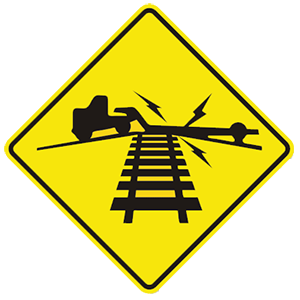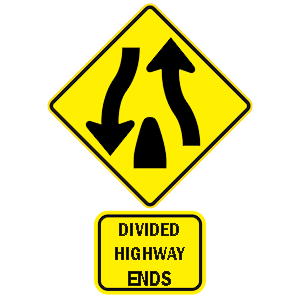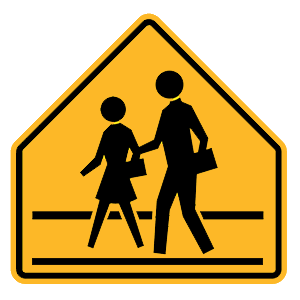2025 Vermont Permit Test 23
The following questions are from real DMV written tests. These are some of the actual permit questions you will face in Vermont. Each permit practice test question has three answer choices. Select one answer for each question and select "grade this section." You can find this button at the bottom of the drivers license quiz. For a complete list of questions and answers for Vermont please visit https://cheat-sheets.dmv-written-test.com/en/vermont/car.
Number of Tests
Number of Question
Passing Score
15. Which of the following statements is true?
Explanation
Motorcycles are entitled to the width of a full lane. Be sure your vehicle is entirely in the left lane before attempting to pass a motorcycle on the left.
16. When approaching a traffic signal displaying a steady yellow arrow, drivers:
Explanation
A steady yellow arrow indicates that a red arrow is about to appear. Stop unless you are already within the intersection.
17. A speed limit is:
Explanation
A speed limit is the maximum or minimum legal speed you can travel on a road under ideal conditions. You may drive more slowly than the posted speed, but it is illegal to drive any faster. You must drive more slowly where signs or signs indicate a school zone or work zone speed limit. If conditions such as road construction or bad weather make the posted speed unsafe, drive under the speed limit.
18. This road sign means:

Explanation
This sign indicates a low ground railroad crossing. Where this sign is present, railroad tracks cross the road at a steep slope and the bottom of low vehicles may drag or get caught on the tracks.
19. This sign means:

Explanation
Warning signs are usually diamond-shaped with black markings on a yellow background. They alert drivers to upcoming hazards. This sign indicates that the divided highway is about to end.
20. Most fatal crashes involving a large truck and passenger vehicle:
Explanation



